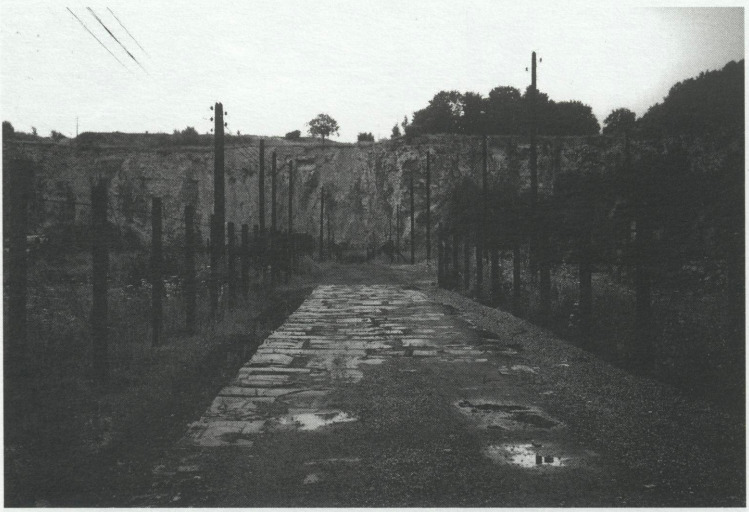Myth versus Reality: Schindler's List Effect
In Steven Spielberg’s film Schindler’s List, Oskar Schindler is portrayed as an extremely charismatic and generous German man, which was also echoed in survivor testimonies. He became close partners and friends with Itzhak Stern, an accountant who helped him “cook his books” and network with Jewish businessmen (Spielberg, 1993). After Jews from Krakow and surrounding areas were forced into the Krakow ghetto that was only 16 square blocks, Oskar Schindler negotiated with Jews to produce trade goods because those “would be the only things worth anything in the ghetto”. Itzhak Stern helped ‘nonessential’ Jews from the Krakow ghetto get jobs at factories run by Schindler where they would make war goods, such as pots and pans.
A key turning point in the movie was during the liquidation of the Krakow ghetto, where Schindler sees a little girl in a red coat walking through the devastation. He later sees the girl dead, one of many individuals making up a pile of dead bodies. Although this is more of a cinematic moment, the survivor testimonies experienced similar moments where time stood still and they realized that the Nazi regime did not have a soft spot for any prisoner, regardless of gender or age.
They depicted the camp as having events where prisoners would be forced to run around the camp naked, in order to see who was too weak to continue. One scene shows Jewish women putting their blood on their cheeks in order to show guards that they were still healthy and able to work. Whoever didn’t make it through this process was killed. They were truly running for their lives.
Schindler’s List shows the catastrophe of the Plaszow camp and the Holocaust from the point of view of the perpetrators instead of the victims. Much of the film focuses on the conflict between Oskar Schindler and Amon Goeth, the brutal commandant of the Plaszow camp. Schindler’s List becomes “an allegory about the nature of the German soul, with its “good” and “evil” aspects embodied by Schindler and Goeth” (Bernstein, 429). The victims of Plaszow camp are seen as an anonymous mass of people either “owned” by Schindler or Goeth, where the occasional person will be noticed only by their loyalty to Schindler or extreme state of victimhood imposed by Amon Goeth (Bernstein, 429).
Sex or lack thereof is a significant aspect of moral character development throughout the movie. As Schindler seems to care more and more about “his” Jews, he becomes less of a womanizer and is seen as more of a partner to his wife in what seems to be an asexual relationship. On the other hand, Amon Goeth is depicted as carnal, and uncivilized in every sense of the word. Goeth cannot control his anger, drinking, sex, impulses to kill, or words. In general, Schindler’s List is simplistic in its portrayal of Jews when it comes to the scope of ‘good’ and ‘evil’. There is no “gray zone” of morality where people have room to make “agonizing choices and ethically intolerable alternatives” in order to survive, which was more likely the reality (Bernstein, 430).
Bernstein describes the film as being a consequence of “a characteristic American urge to find a redemptive meaning in every event”, seeing as the film is about a group of Jews who had a good, German savior rather than the millions of other Jews that were killed or the German sympathizers who did nothing to help (Bernstein, 431). The “Schindler’s List Effect” can be described as putting the Holocaust at risk of being remembered in such simplistic spheres of thought and representation. Many of the scenes in the film were based on facts, but ignoring the unique, inner struggles that must have been going on within Schindler, Goeth, Itzhak Stern, and the prisoners of Plaszow camp, is where the film incredibly fails and affects how the Holocaust is and will be remembered. Because many viewers of the film think that the film is largely factual, they expect Schindler’s List to be a mirror of the Holocaust, and trust in popular media to expose the truth of what happened. The problem is that Hollywood provides a romanticized, simplified version of the Holocaust across the board. Schindler’s List is no exception.



